Crow Pose on Blocks
Take Your Shoulder Stability to New Heights
STABILITY
CROW POSE
It’s not unusual to have a healthy amount of fear and hesitation when it comes to finding balance in crow pose: Will I fall? Am I strong enough? Will I hurt myself? One of the most amazing things about an asana practice, however, is how we learn so much about our bodies. We learn through exploration. When you have a teacher like Matt, he not only provides inspiration to explore, but through his extensive knowledge of the body, he offers a myriad of specific actions for you to experiment with that allow you to move towards a desired result. In today’s video, Matt demonstrates the dual action for you to take for improved shoulder stability in Crow Pose. The use of yoga blocks in this variation of the pose serves as an excellent support to take your shoulder stability to new heights.
SHOULDER MOBILITY
Access Your Active Range of Motions
- Increase strength and flexibility
- Decrease risk of injury
- Release shoulder tension
- Learn anatomy and biomechanics
- Access a wider range of postures
- Stabilize the rotator cuff muscles
- Learn binds, heart openers, and arm balances
- 12 all-levels, 75-minute online classes
- Lifetime unlimited access to all
HYPERMOBILE VS. HYPOMOBILE
Whether you are hypermobile or hypomobile, working on stability in your yoga practice is a must. What’s the difference between the two? “Joint hypermobility is a clinical condition in which the joints move beyond the expected physiological range of motion.” When this is the case, understanding your body and knowing your individual “end range” can help you know when to pull back in order to minimize instability and possible injury. On the other hand, hypomobility means that there is a decrease and a significant limitation in the range of motion that is actually possible within a specific joint. When it comes to the shoulders, both states are common, and both have the potential to result in pain. It may seem counterintuitive to work on stability when hypomobile, because you may associate the toughness or rigidity with stability. Stability is just part of the equation when developing healthy muscle tissue, but it is an important part of the equation.
WATCH THE VIDEO: CROW POSE ON BLOCKS
SHOULDER STABILITY
An essential part of shoulder stability happens when the muscles around the glenohumeral joint (rotator cuff muscles) have the ability to contract and help the head of the humerus (upper arm bone) stay centered and secure in the joint. Having the ability to contract means that these muscles actually have less rigidity; it means that there is a suppleness to the tissues which allows them to contract, expand, move, and glide as they should. An arm balance like Crow Pose requires a sizable amount of shoulder stability.
200 HOUR ONLINE TEACHER TRAINING
GET CERTIFIED & DEEPEN YOUR YOGA PRACTICE
- Deepen your yoga practice
- Build confidence speaking in front of groups in person and online
- Learn foundational class structures and templates
- Learn techniques for a wide range of yoga postures
- Get certified and highly qualified to teach yoga
- Yoga Alliance Globally Recognized Certification Program
THE 2 MAIN ACTIONS
The actions Matt demonstrates in the video for shoulder stability in Crow Pose are protraction and external rotation. He explains that in scapular protraction, the tendency will be to internally rotate the humerus; however, if you can externally rotate the arm bones while in protraction, it will create a vast amount of shoulder stability in your arm balances. There’s actually a counteraction taking place. The goal is to apply these two actions simultaneously. Matt teaches us that internal rotation is fine—it’s actually something we want—but in the context of this arm balance, if you counteract the protraction with external rotation, there will be a tremendous amount of muscle activation that surrounds the joints. This in turn translates into better stability and better balance.
300 HOUR ONLINE TEACHER TRAINING
GET 500 HOUR CERTIFIED AS A MASTER TEACHER
Master your skill set as a teacher through refined techniques, anatomy, biomechanics, sequencing, philosophy, meditation techniques, theming, yoga business, and much more!
- Get 500 hour certified
- Learn anatomy, biomechanics, asana techniques
- Expand your teaching skills
- Masterful sequencing and verbal delivery
- Learn meditation and breathwork techniques
- Transformative tools: theming, dharma talks, satsang
IMPLEMENT THESE KEY ACTIONS FOR CROW POSE ON BLOCKS
Executing Crow Pose on blocks is not as simple as only doing the 2 actions (protraction and external rotation) for the shoulders, but bringing your focus and attention here might just be what is missing from actually realizing your full potential in the posture.
Here are the steps:
- Stack 2 blocks horizontally on their first height
- Place your hands wide on the ground, just ahead of the blocks
- Step onto the blocks
- Lower your hips down towards your heels
- Take your knees wide and out to the sides (*The height of the blocks allow you to have a better handle on allowing your shins the space to rest on the upper arms for better support)
- Squeeze legs into the chest
- Get your fingers active (grip the ground)
- Lean forward into fingers
- Rotate elbows in (external rotation of the humerus)
- Squeeze knees in towards your midline (activating the adductor muscles)
- Push the floor away to protract the scapulae more (round your back more)
TAKEAWAYS
What you end up finding out about your body is whether or not your proprioception is accurate: Is your physical body able to respond to the cues so as to follow through with these actions? Do you require more strength? This helps you to map out your next steps and course of action.
A good step in the right direction is to sign up for Matt’s Shoulder Mobility immersion. In this immersion, you’ll learn more about how to strengthen key muscles of the shoulders. Matt also be teaches techniques that assist in increasing both active and passive range of motion.
See you on the mat!
The 200 Hr. Teacher Training: Click Here to See the Next Start Date
The 300 Hr. Advanced Teacher Training: Click Here to See the Next Start Date
Article by Trish Curling
Video Extracted From: Shoulder Revelation Immersion
UPCOMING TEACHER TRAININGS
Continue Learning
Tuck Jumps
Tuck JumpsHandstandTUCK JUMPS Without a doubt, tuck jumps are a confidence booster when it comes to preparing for handstands. When we go through the course of preparation, it’s not the first step, but it’s definitely a way of identifying where strength and...
Counter Rotations
Counter RotationsStabilityCOUNTER ROTATIONS The isolation of specific articulations in a yoga posture can be tricky to implement when we’re still learning how our bodies move. When we begin to explore counter rotations, this layer might feel confusing or even...
Bird Of Paradise
Bird of ParadiseSvarga DvijasanaBIRD OF PARADISE In Bird of Paradise, we’re balancing while binding, which can be quite an undertaking. Preparation for this posture requires shoulder mobility, hip mobility, and a tremendous amount of strength. What we also need to be...
A Tree Pose Treatment
A Tree Pose TreatmentVrksasanaA TREE POSE TREATMENT Tree Pose may appear to be a posture we can just “jump into” because of its “accessibility” from anywhere we might be standing, but it definitely requires more refinement than we might think. A treatment to revive...
Practice Peacock Pose
Practice Peacock PoseMayurasanaPRACTICE PEACOCK POSE We go to our yoga practice for many different reasons at any given time. In our asana practice, we are sometimes seeking softness and ease. At other times, we might be striving for vigour and strength. Peacock Pose...
Eka Pada Koundinyasana I
Eka Pada Koundinyasana IArm BalanceEKA PADA KOUNDINYASANA I If Side Crow is already part of our practice, then Eka Pada Koundinyasana I is like adding on another layer to that posture, because they are quite similar. The added layer is that we extend the top leg...
THE FREE TECHNIQUE PACK
When You Subscribe, You Will Get Instant Access to
- the Technique Pack: 15 yoga pose breakdowns
- exclusive online course discounts
- exclusive blogs and videos

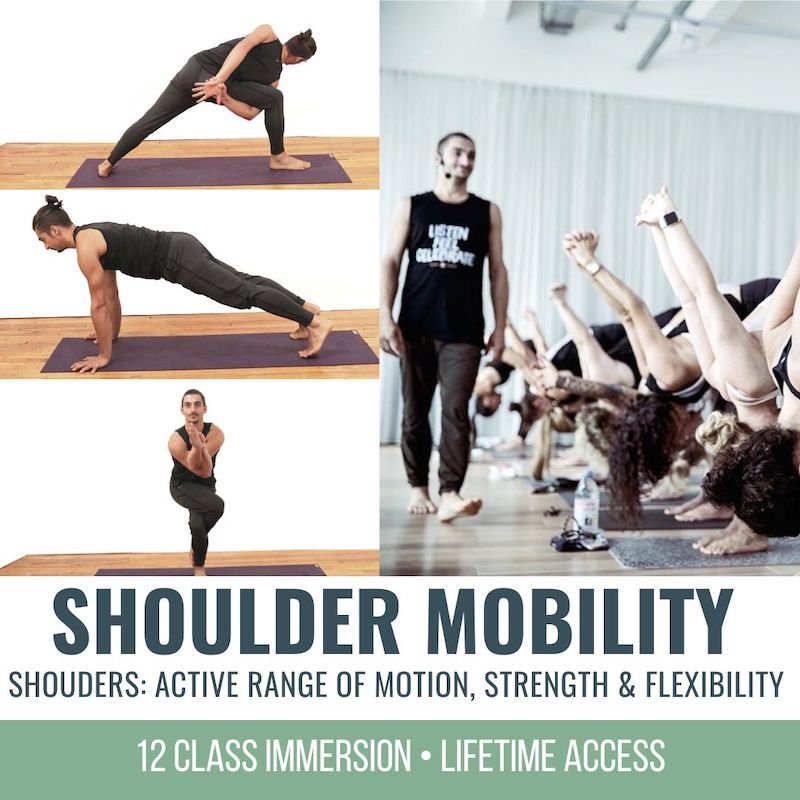



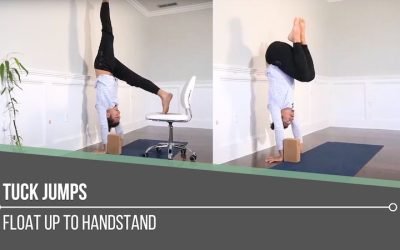
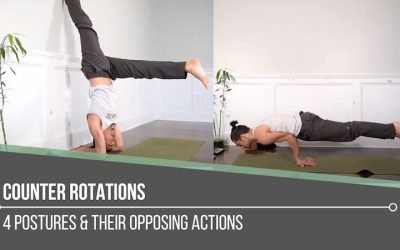
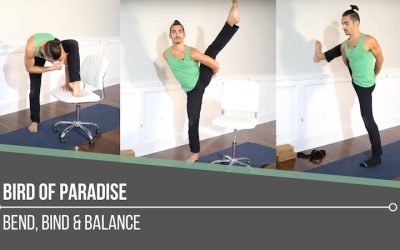
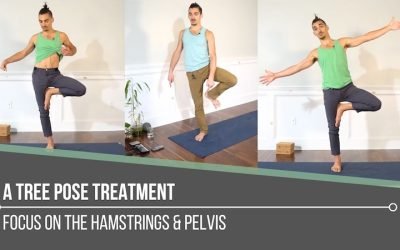
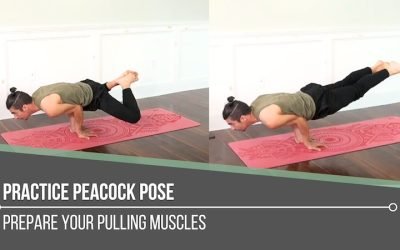
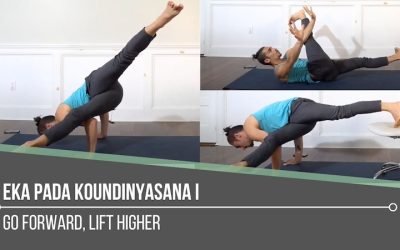
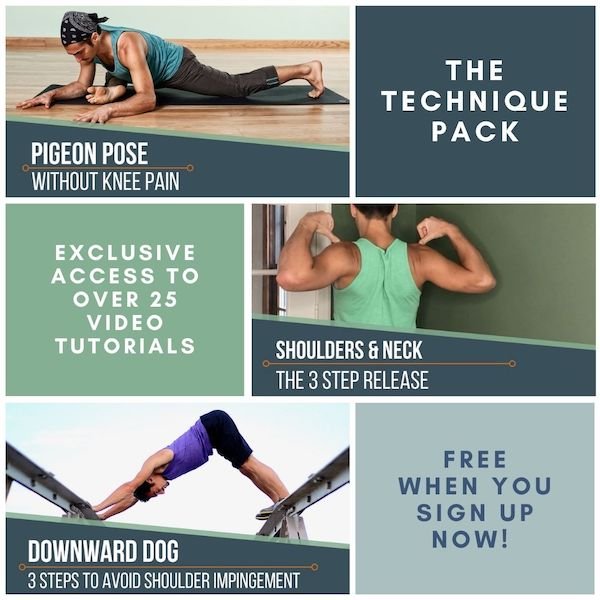
0 Comments